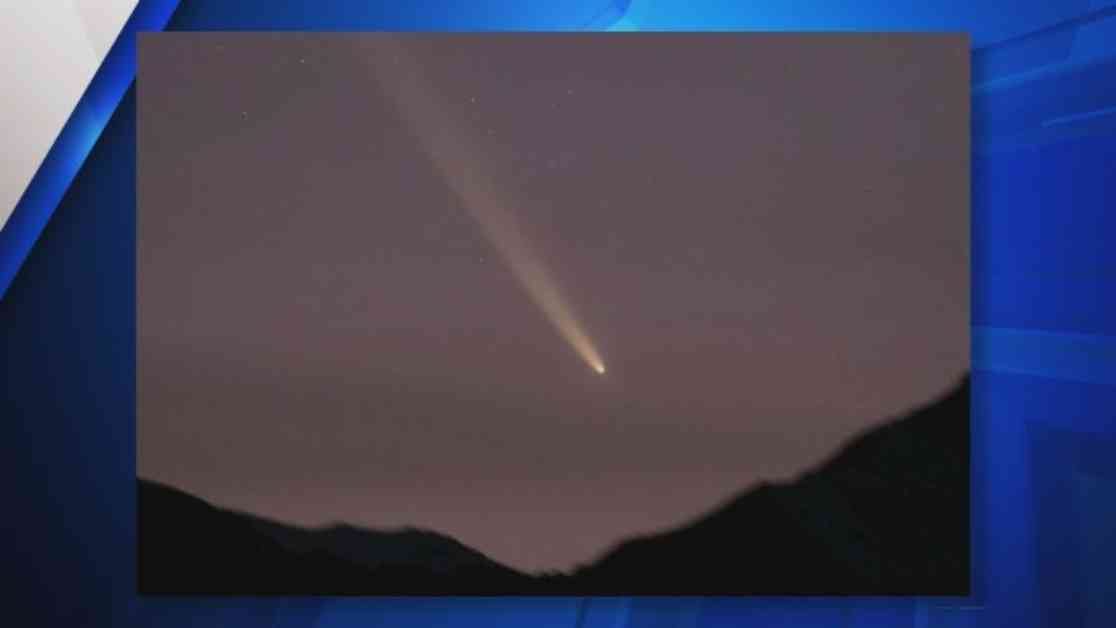The fall season in St. Louis brings with it the opportunity to witness some spectacular sights in the night sky. As the days grow shorter, the darkness allows for better viewing of phenomena such as auroras, comets, and planets.
Recently, St. Louis residents were treated to a beautiful display of colors in the night sky, thanks to the solar cycle we are currently in. According to Eric Gustafson, the senior educator at the James S. McDonnell Planetarium, we are at solar max, which is the peak of activity that leads to auroras. This rare occurrence provided a stunning visual experience for sky gazers in the area.
Looking ahead, a comet called C/2023 A3 will be visible shortly after sunset in the coming nights. Gustafson explained that comets can be unpredictable, depending on factors such as the amount of dust they emit as they approach the sun. If the comet releases enough dust, it may be visible to the naked eye; otherwise, binoculars may be needed for viewing.
To catch a glimpse of the comet, all you have to do is look west after sunset from October 12th to 20th. You may see what appears to be a fuzzy ball in the sky, with a tail trailing behind it if conditions are right. The brightness of the comet and the visibility of its tail will depend on how much dust it is emitting, making this a special and relatively rare sight in the night sky.
While comets are not uncommon celestial objects, they often require a telescope for viewing. However, C/2023 A3 is expected to be one of the brightest comets of the 21st century visible to the naked eye. This makes it a unique opportunity for sky watchers in St. Louis to witness a spectacular astronomical event.
Gustafson encourages residents to take advantage of clear nights in the upcoming week to look west after sunset and hopefully catch a glimpse of the comet. While he stops short of calling it a once-in-a-lifetime event, he emphasizes that this comet is one of the best opportunities for viewing in the foreseeable future.
In conclusion, the fall season in St. Louis offers a variety of celestial delights for those who take the time to look up at the night sky. Whether it’s the shimmering colors of an aurora, the rare sight of a bright comet, or the familiar glow of the planets, there is plenty to see and appreciate in the heavens above. So mark your calendars, grab your binoculars, and get ready for a skywatching experience you won’t soon forget.


